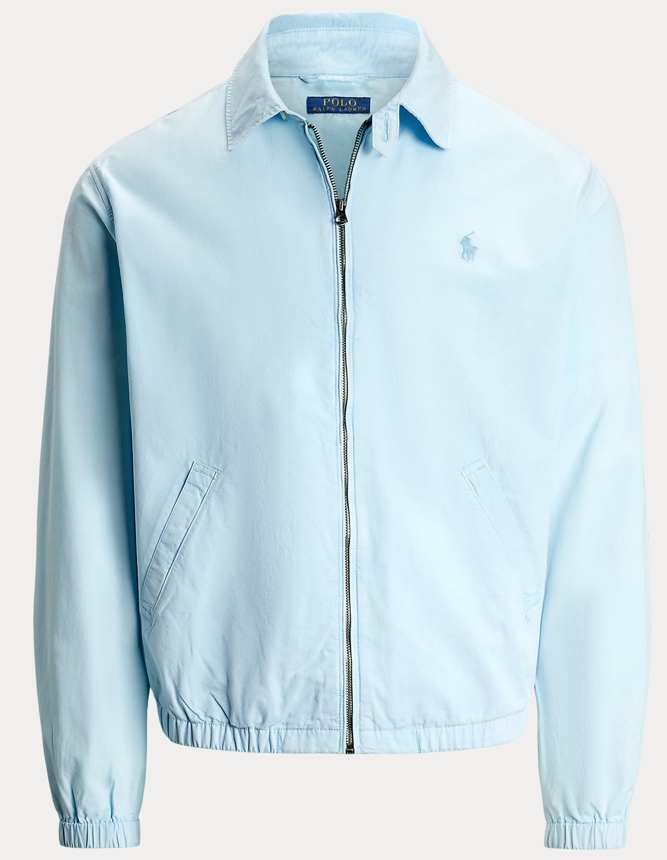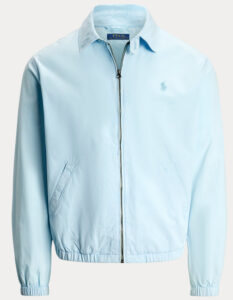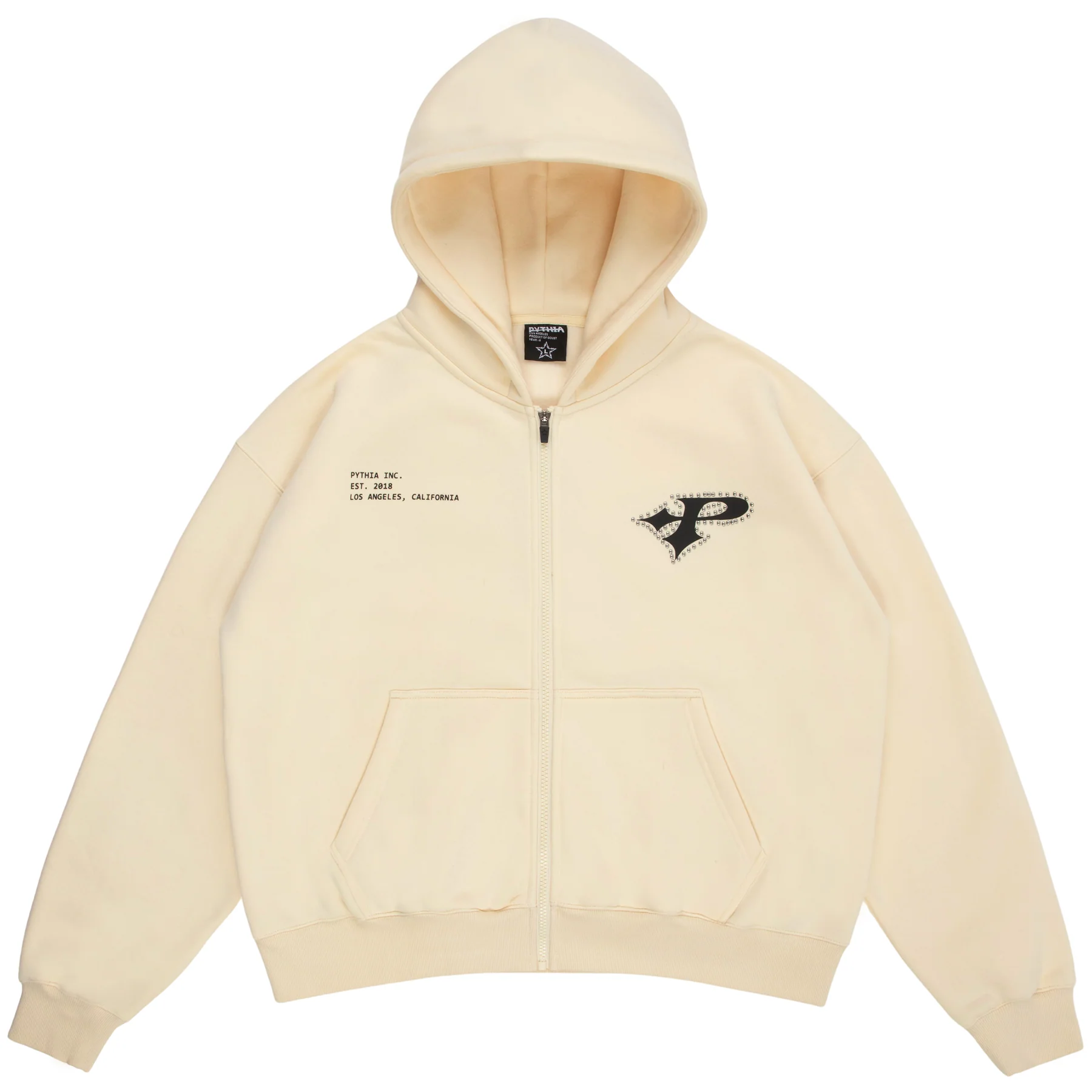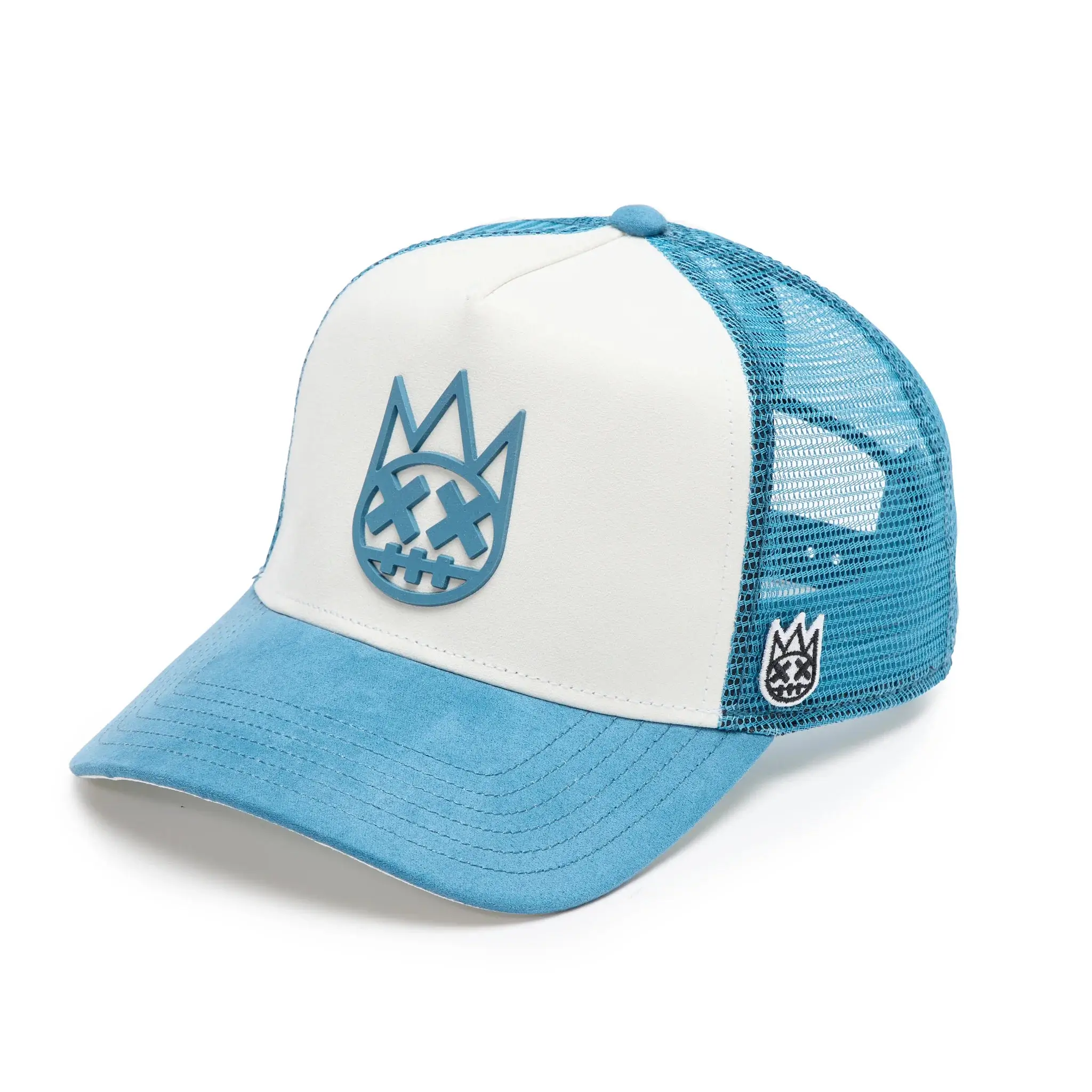At a glance, the Bayport Mineral-Dye Poplin Jacket doesn’t scream for attention. It doesn’t come adorned with overt logos, designer monograms, or declarations of seasonal trend. And yet, in its understated elegance and mineral-dyed patina, it speaks volumes—about longevity, environmental mindfulness, textile heritage, and the shifting language of modern style. In a fashion economy increasingly fueled by volume and virality, the Bayport Jacket emerges not as a product, but as a statement of restraint and refined sensibility. It is, in many ways, a protest piece—against noise, against speed, and against disposability.
Released as part of a broader movement toward process-oriented garments, the Bayport Jacket occupies a deliberate space: one carved out by slow fashion, regional dyeing methods, and the rebirth of utilitywear as an aspirational code. At the center of this garment is not only its silhouette or cut, but the very process that gives it its soul—the mineral dyeing technique that renders each jacket uniquely marked by natural pigmentation. In this, it carries not just the aura of a piece worn, but a narrative lived.
The Philosophy of Dye
To begin a conversation about the Bayport Jacket is to begin with dye. Mineral dyeing is not merely a coloring process—it is a philosophy, one rooted in the rhythm of nature, geology, and patience. Unlike synthetic dyes that saturate uniformly, mineral-based pigments absorb inconsistently, creating soft gradations, veining, and tonal shifts that mimic the randomness of oxidized stone, sand, and clay. This isn’t a flaw in the fabric; it’s the fingerprint of the Earth.
The use of mineral dye reflects a conscious departure from the flat uniformity of mass fashion. Each jacket is singular, colored through a slow and reactive dialogue between fabric and compound. When viewed in aggregate, the collection reads not as a line of multiples, but as a series of individual canvases. The result is a textile with life—one that feels found rather than manufactured.
From a sustainability standpoint, mineral dyeing also aligns with the growing call for responsible production. Unlike chemical-intensive synthetic dyes, mineral alternatives are derived from naturally occurring elements such as iron oxide, titanium dioxide, and ochre, which are far less taxing on waterways and soil ecosystems. They also require lower temperatures, conserving energy during the dye process. This quietly ethical foundation becomes part of the garment’s narrative arc: to wear the Bayport is to adopt a slower tempo.
Poplin, Reimagined
At the construction level, the jacket reinterprets poplin—not as a stiff utilitarian fabric, but as a supple and breathable layer of movement. Traditionally woven from cotton in a plain weave with fine horizontal ribs, poplin’s military and workwear origins are here transformed into something more poetic. The mineral-dye treatment softens the fabric’s hand, lending it a powdery, lived-in tactility that sits comfortably between structure and ease.
Functionally, the jacket is minimal but precise. It features a camp collar with subtle spread, a concealed placket that keeps buttons hidden, and dual welt pockets that underscore utility without overwhelming the form. It is cut generously but not excessively, allowing for layering over knitwear or shirting without veering into shapelessness. The hem hits just at the waistline—a nod to traditional chore jackets—while the sleeves taper slightly for a clean silhouette that reads both workwear and weekend.
The garment’s inside is equally intentional: finished seams, tonal taping, and a lightweight cotton lining that holds shape without bulk. In a world flooded with fast-fashion outerwear, such attention to detail represents a rare commitment to tactile integrity.
Aesthetics of the Sublime
What visually defines the Bayport Jacket—beyond cut or composition—is its chromatic ambiguity. It occupies a liminal space between color families: is it gray or slate? Dust or ash? Olive or smoke? The answer shifts with the light, another effect of the mineral pigment’s unpredictable absorption. This tonal ambiguity lends the jacket surprising versatility. It can be paired with earth tones or monochromes, tailored trousers or washed denim, combat boots or loafers. It morphs around its wearer.
This versatility is not just aesthetic—it’s emotional. There is something comforting about a garment that doesn’t demand recontextualization with every wear. The Bayport exists like a favorite book—each time you return to it, it gives you something new while remaining reassuringly familiar. That makes it an anchor piece, a fixture in the rotational vocabulary of those who don’t want to think too hard, but still want to look considered.
And yet, despite its quietness, the Bayport Jacket also communicates a certain sartorial intelligence. It tells other style fluents that its wearer understands silhouette, respects materiality, and prefers longevity to luster. It doesn’t demand validation; it emits understanding.
Cultural Context and Subcultural Codes
Outerwear has long functioned as a marker of subcultural belonging. From the M-65 jacket of antiwar protestors to the leather biker of punk lineage, jackets are portable signs of alignment. The Bayport, while not overtly aligned with any one movement, carries in its construction the codes of the emerging neo-craft movement—where authenticity, process, and materials matter more than brand names or status signaling.
It sits comfortably within the wardrobes of ceramicists, printmakers, environmental designers, and other creative professionals who value tactile process. In this sense, the Bayport Jacket is a tool of quiet rebellion—against the mass-market, against the artificial, against the digital. It is the garment equivalent of handwriting in an era of keystrokes.
It also speaks to the rise of “soft masculinity” in fashion—a move away from aggressive tailoring and toward gentler, more tactile expressions of identity. With its mineral wash and featherweight structure, the Bayport is more cloud than armor. It carries the spirit of touch, not of domination.
Commercial Positioning and Accessibility
Despite its artisanal roots, the Bayport Jacket is not out of reach. Its pricing lands in the upper-middle tier—accessible to those who save and prioritize, but not exorbitant. This accessibility is part of its ideological alignment. It resists luxury for luxury’s sake. It doesn’t flaunt exclusivity; it invites intimacy.
That said, quantities remain limited by design. Mineral dyeing is time-intensive and inherently inconsistent, meaning large-scale production is practically and philosophically at odds with the Bayport ethos. You won’t find racks of these in every boutique. But nor is it sold as a “drop” with countdown timers and artificial scarcity. It’s simply available—or not.
This slower release strategy aligns the Bayport Jacket with a growing cohort of garments that move at the pace of craft rather than capital. It arrives when it’s ready. It sells because it resonates. It stays because it’s built to last.
Impression
In the end, the Bayport Mineral-Dye Poplin Jacket is not revolutionary because it reinvents outerwear, but because it refuses to. It participates in the ongoing conversation about what clothes mean, and what they can mean when they are made with care, intention, and respect for process. It is not maximalist, but it is maximal in feeling. It offers a new kind of prestige—one not grounded in logos, hype, or seasonal novelty, but in the slow burn of real craftsmanship.
No comments yet.









